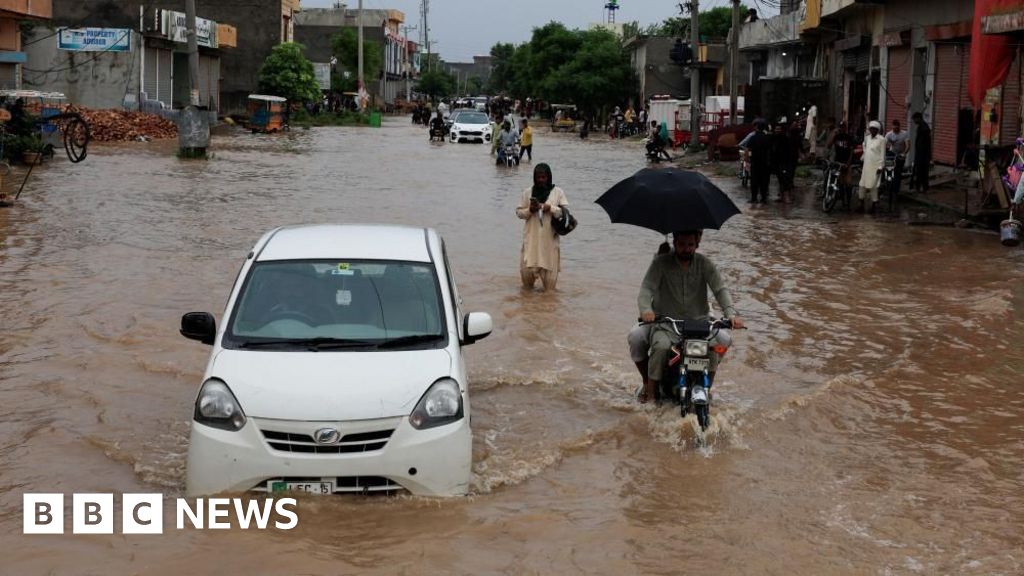Some 200,000 people have been evacuated as floods devastate parts of Pakistan's Punjab province. Rescuers carried residents to safety in boats after disaster authorities warned of 'exceptionally high' floods along the Ravi, Sutlej, and Chenab rivers. Several districts called in the army to help.
This situation follows a warning from Pakistan that India would release water from major dams upstream, leading to increased flooding in this populous province. Both countries have been facing intense rainfall recently, with over 800 fatalities reported in Pakistan since June.
The country’s National Disaster Management Authority (NDMA) warned residents in affected areas to remain cautious near rivers and low-lying zones. Prime Minister Shehbaz Sharif confirmed full federal cooperation with regional authorities to mitigate the risks, especially in urban areas prone to flooding. In Sialkot, record rainfall has left cars, homes, and infrastructure submerged.
Rescue efforts have been extensive, with reports indicating that over 32,000 individuals have been saved from floodwaters so far. However, many residents, fearing loss of property, are hesitant to leave their homes. This dilemma is particularly prevalent in communities where poverty is a significant issue, making evacuation a heavy financial burden. Emergency teams have been actively relocating villagers, but reluctance among some to leave is putting lives at risk. The flood situation is dire, exacerbated by a rare acknowledgment of the water release from India, which is traditionally a sensitive topic between the neighboring countries.
As misfortunes continue, there are growing concerns that the flooding impacts may not be over as further monsoon rains are predicted.
This situation follows a warning from Pakistan that India would release water from major dams upstream, leading to increased flooding in this populous province. Both countries have been facing intense rainfall recently, with over 800 fatalities reported in Pakistan since June.
The country’s National Disaster Management Authority (NDMA) warned residents in affected areas to remain cautious near rivers and low-lying zones. Prime Minister Shehbaz Sharif confirmed full federal cooperation with regional authorities to mitigate the risks, especially in urban areas prone to flooding. In Sialkot, record rainfall has left cars, homes, and infrastructure submerged.
Rescue efforts have been extensive, with reports indicating that over 32,000 individuals have been saved from floodwaters so far. However, many residents, fearing loss of property, are hesitant to leave their homes. This dilemma is particularly prevalent in communities where poverty is a significant issue, making evacuation a heavy financial burden. Emergency teams have been actively relocating villagers, but reluctance among some to leave is putting lives at risk. The flood situation is dire, exacerbated by a rare acknowledgment of the water release from India, which is traditionally a sensitive topic between the neighboring countries.
As misfortunes continue, there are growing concerns that the flooding impacts may not be over as further monsoon rains are predicted.



















